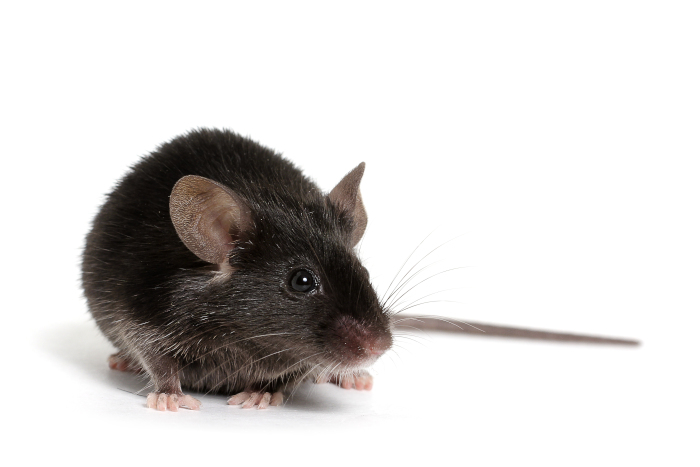Description
The Cyp2e1 is a member of the CYP2 subfamily of cytochrome P450 enzymes which is responsible for many reactions involved in drug metabolism, synthesis of cholesterol, steroids and other lipids in humans. The Cyp2e1 is mainly expressed in hepatocytes and plays an important role in alcohol and toxin metabolism.
The Cyp2e1-CreERT2 mouse model was generated using CRISPR/Cas9 and homology directed repair (HDR) where the CreERT2 recombinase sequence was inserted downstream of the Cyp2e1 5’ UTR in the mouse endogenous gene locus and its expression is controlled by the Cyp2e1 promoter. This mouse model enables the generation of liver-specific tamoxifen-inducible conditional knockout or expression mouse model.
Validation of Humanized Mouse Model
Knock-in Strategy

Figure 1. Gene knock-in strategy to engineer Cyp2e1-CreERT2 mouse line. Briefly, a mixture of Cas9 mRNA, gRNA targeting the 5’ UTR-exon 1 region of mouse Cyp2e1 locus, and the donor vector containing the CreERT2 cassette was microinjected into fertilized eggs from the wild type C57BL/6J mice. The founder mice (F0) were identified by PCR and sequencing. The F0 mice were then crossed with wild type C57BL/6J mice to generate germline transmitted Cyp2e1-CreERT2 F1 mice.
PCR Genotyping of Heterozygous F1 Knock-in Mic

Figure 2. Genotyping of F1 germline transmitted heterozygous Cyp2e1-CreERT2 mice. PCR using primer sets for the 5’ arm and 3’ arm were used to confirm insertion of the Cre-ERT2 downstream of the Cyp2e1 promoter in the mouse genome. LEFT: Agarose gel electrophoresis of the 5’ arm PCR was positive for the transgene integration with an expected 5.3 kb fragment. The is no fragment for the wild type allele. RIGHT: Agarose gel electrophoresis of 3’ arm PCR showed a 3.5 kb fragment indicative of transgene integration and a 7.7 kb wild type fragment in four heterozygous F1 mice. MIDDLE: M; 1 kb DNA ladder.


Reviews
There are no reviews yet.